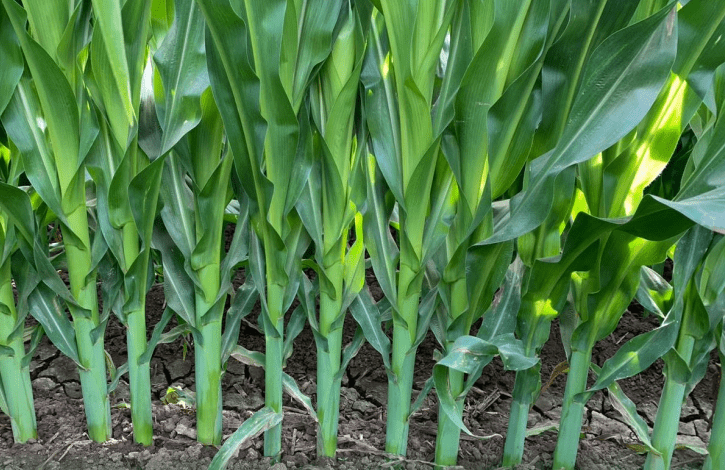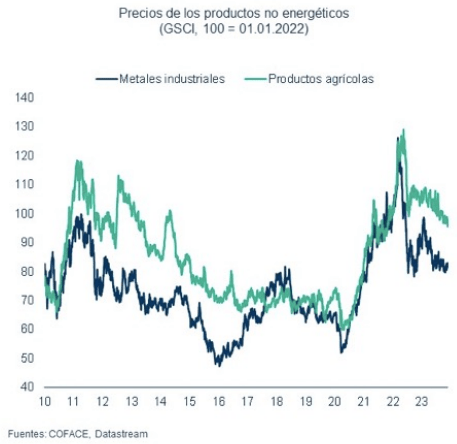Resilience in world cereal production: Coface

Despite Russia‘s invasion of Ukraine, world cereal production has shown resilience, according to Bruno de Moura Fernandes, head of Macroeconomic Research at Coface, a French credit insurer.
«World cereal production was not as impacted by the war in Ukraine,» said De Moura Fernandes, speaking at a press conference on Thursday.
Globally, it was noted that between 2021 and 2022, commodity prices soared, although by the end of 2022, commodity prices dropped and in 2023 they remained stable. But if you compare current levels with the last decade you have much higher prices.

Longer-term trends in global grain markets help explain the resilience of agriculture to overlapping shocks, beyond short-term price fluctuations.
A recent World Bank report indicates that global cereal yields (measured as output per harvested area) have risen steadily, with annual yields in 2020-23 averaging three times higher for corn and wheat, and 2.5 times higher for soybeans and rice than 60 years ago.
In addition, the world is trading an increasing proportion of its production and, except for rice, grain export markets are becoming more diversified.
As a result, supply and demand adjust quickly to price changes.
Cereals
Recent grain price surges due to localized supply declines (due to floods, droughts, and temporary trade restrictions) were short-lived, as supply elsewhere moved quickly.
In general, De Moura Fernandes said that grain prices have fallen globally, still sitting above the average of the last decade.
But in some cases, such as cocoa and sugar, prices have increased. «Mainly for fear of the impacts that the El Niño weather phenomenon could have,» according to De Moura Fernandes. Because some productions in countries such as Brazil, India and Australia, could be impacted downwards.


